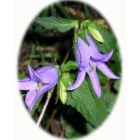 | ||
Perfect for pollinators Nettle Leaved Bellflower -campanula trachelium–is a wildflower that looks best grown in the shade of a woodland setting or under a hedgerow. Unlike most woodland plants it is late flowering so is useful for providing late summer colour in shady areas. In gardens it can be grown under fences, hedges or walls and will tolerate quite dry soils. Plants have nettle- like leaves and produce beautiful bell-shaped blue flowers from July to September attracting bees. How to grow Nettle Leaved Bellflower Seeds Nettle Leaved Bellflower seeds should be sown in autumn, either outside, where they are to flower, or in seed trays and covered very lightly with compost. Trays should be left outside over winter and germination will normally occur the following spring. RHS Perfect for Pollinators. The RHS Perfect for Pollinators mark is only given to plants that support pollinating insects in gardens. Bees, butterflies, moths, hoverflies and many others visit flowers to feed on nectar and pollen; while doing so they transfer pollen and increase seed set and fruit development. Find out more at: rhs.org.uk/plants To discover more plants for Bees, simply enter the word "pollinators" into the search box above. To Buy Nettle Leaved Bellflower seeds To purchase Nettle Leaved Bellflower seeds please select a quantity above and click add to cart. To ensure the best chance of success, we sell all of our wildflower seeds by weight, which ensures each wildflower seed packet contains a good quantity of seeds. The recommended sowing rate is 1 gram per square metre, and the number of Nettle Leaved Bellflower seeds per gram is approx. 4200. All of our Wildflower seed packets contain seeds of Native British provenance. Summary type - perennial, colour - Blue, height - 75 to 100cms, flowering months - July, August, September, habitat - Deep Shade (Dense Woodland), | ||
Printed 08/12/2025 02:58:41
rhs perfect for pollinators pollinating insects bees butterflies moths hoverflies st19_1 type perennial colour blue height 75 to 100cms flowers july august september habitat deep shade dense woodland
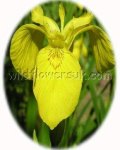
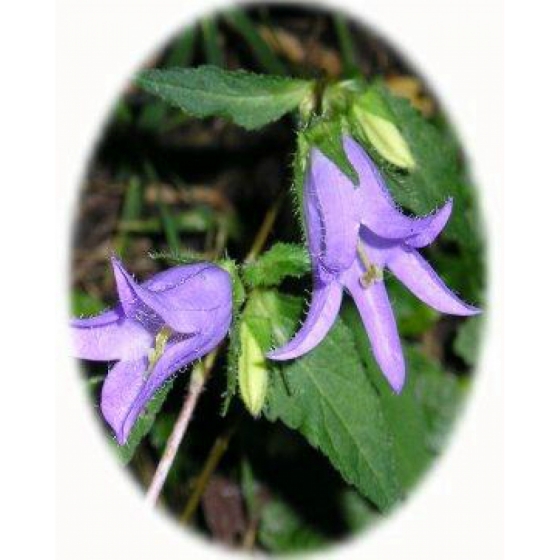
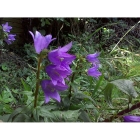
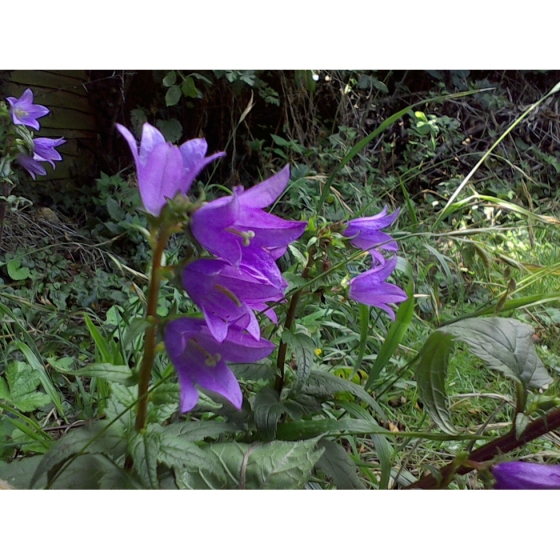
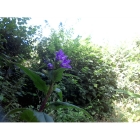
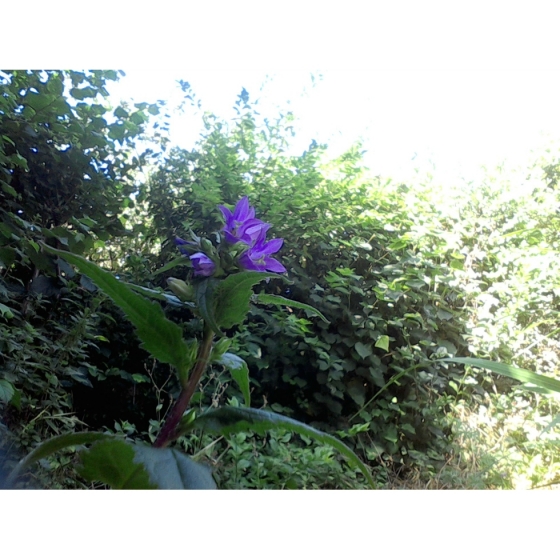
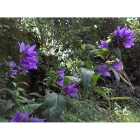
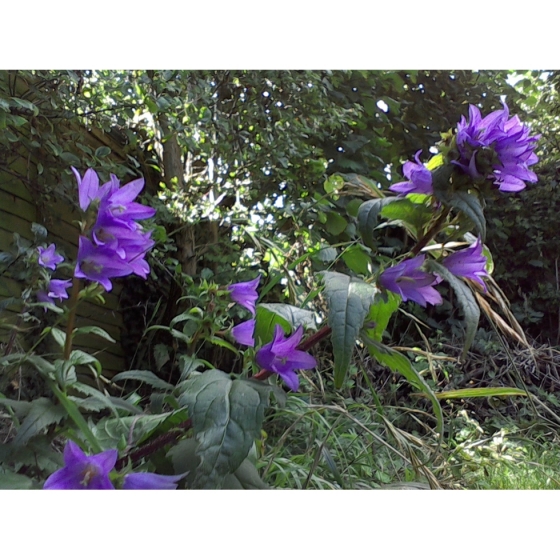



 added to basket
added to basket